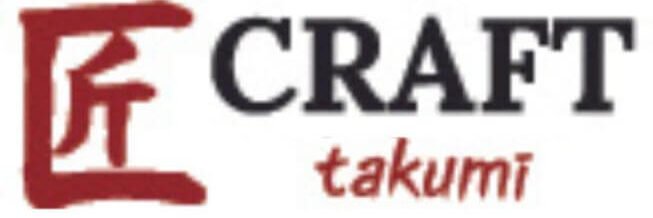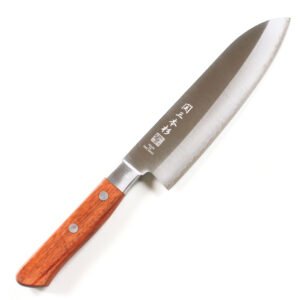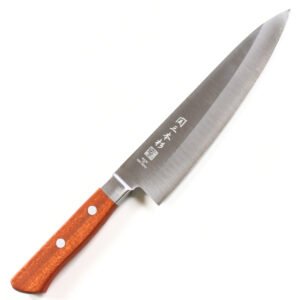Have you ever thought about how many kitchen knives you actually need?
It would be ideal to have dedicated knives for different ingredients, such as meat, vegetables, fish, and bread, to enhance your cooking experience. However, owning specialised knives can lead to an increase in the number of knives in your kitchen, bringing along issues like cost and storage. Some people may get by with just one essential knife, while others may own four or five knives tailored to specific ingredients and tasks. Additionally, those who are passionate about cooking or work professionally in the kitchen often own even more knives.
In such cases, the all-purpose knives we would recommend are the All-Purpose (Santoku) knife and the Chef’s Knife (Gyuto). These knives can handle a wide variety of cooking tasks, allowing you to prepare meals efficiently with fewer knives.
What is a Santoku (All-Purpose) Knife?
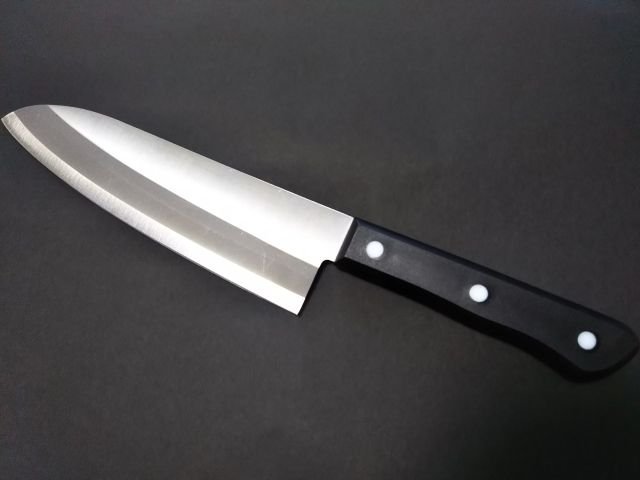
The Santoku knife is a Japanese-origin knife that was created around the 1940s, when Japan’s food culture began to change. Before that, different knives were used for different types of ingredients. For instance, the Nakiri knife was primarily used for cutting vegetables, the Deba knife was used for filleting fish, and the Gyuto knife (Chef’s knife), which came from the West, was used mainly for cutting meat.
As Japan’s food culture diversified, there was a growing demand for a versatile knife that could handle all of these tasks. This led to the creation of the Santoku knife, designed to efficiently cut meat, fish, vegetables, and more, making it highly versatile.
The name “Santoku” means “three (san) versatility (toku)” or “three utility,” reflecting the combination of the characteristics of the Nakiri knife, Deba knife, and Gyuto knife. As a result, the Santoku knife has become a popular all-purpose knife, capable of performing three essential tasks in the kitchen, and is widely used in homes today.
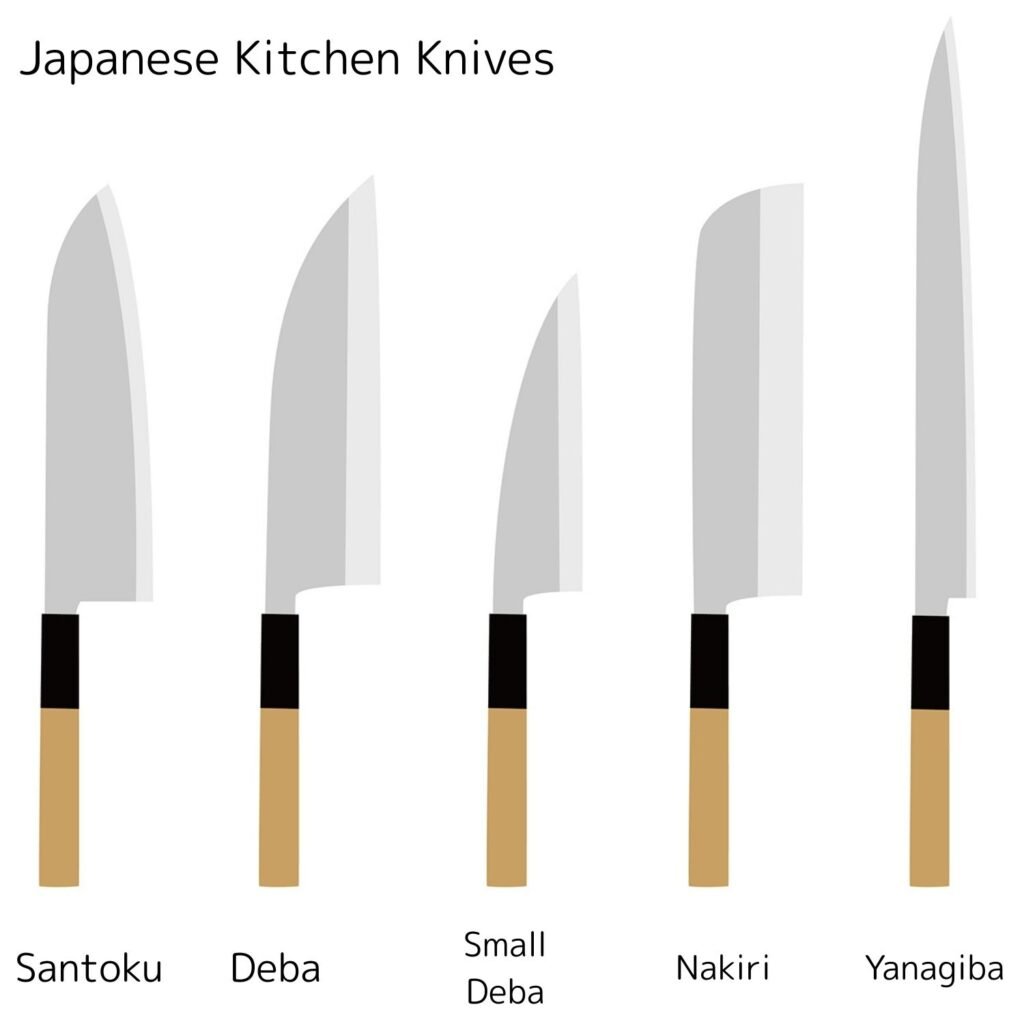
Features of santoku (All-Purpose) Knife
- The blade tip is crescent-shaped with a gentle curve.
- A wider blade remains parallel to the cutting board, providing stability while cutting and better support for ingredients.
- Blade length generally ranges from 150mm to 180mm, making it slightly shorter than the Gyuto knife.
- Ideal for finely chopping vegetables and other small tasks, offering great maneuverability.

Our Best-Selling Santoku (All-Purpose) Knives
Browse our full range of Santoku (All-Purpose) Knives
What is a Gyuto (Chef’s) Knife?
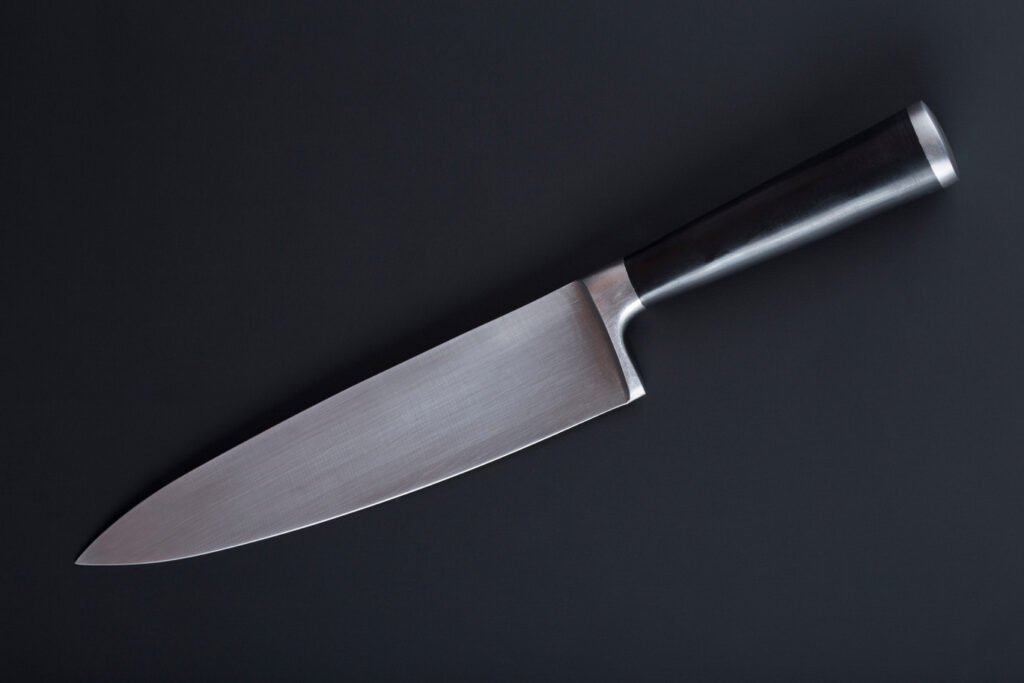
A Gyuto (chef’s) knife is a versatile chef’s knife, commonly used in New Zealand kitchens for tasks such as slicing meat and cutting large vegetables. It is one of the most popular types of knives in the country due to its wide range of functions and precision.
Features of a Gyuto (Chef’s) Knife
- The blade tip is pointed with a gentle curve for precision and smooth slicing.
- A narrower blade curves away from the cutting board, allowing for versatile movement and longer cuts.
- Blade length generally ranges from 180mm to 240mm, making it slightly longer than the Santoku knife.
- Ideal deal for cutting big cuts of meat and large vegetables, offering reach and slicing power.
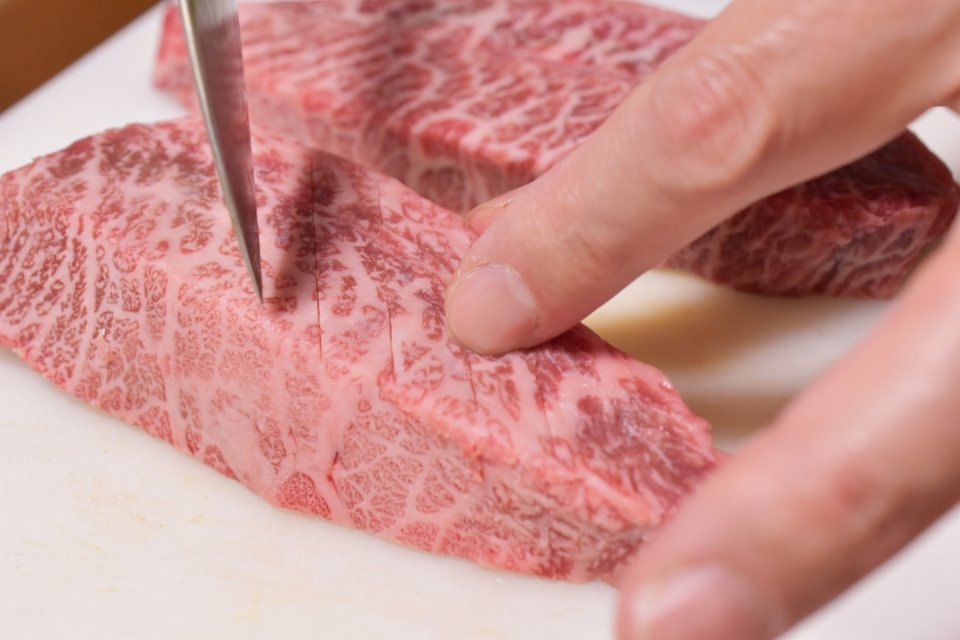
Our Best-Selling Gyuto (Chef’s) Knives
Browse our full range of Gyuto (Chef’s) Knives
Understanding these features and choosing the knife that suits your cooking style is key.
Both Santoku and Gyuto (Chef’s Knife) are versatile knives that can handle meat, vegetables, and fish.
If you’re looking for an essential knife for your kitchen, it’s highly recommended to choose one of these as your go-to. Both are great all-purpose knives that will be indispensable in any kitchen!
